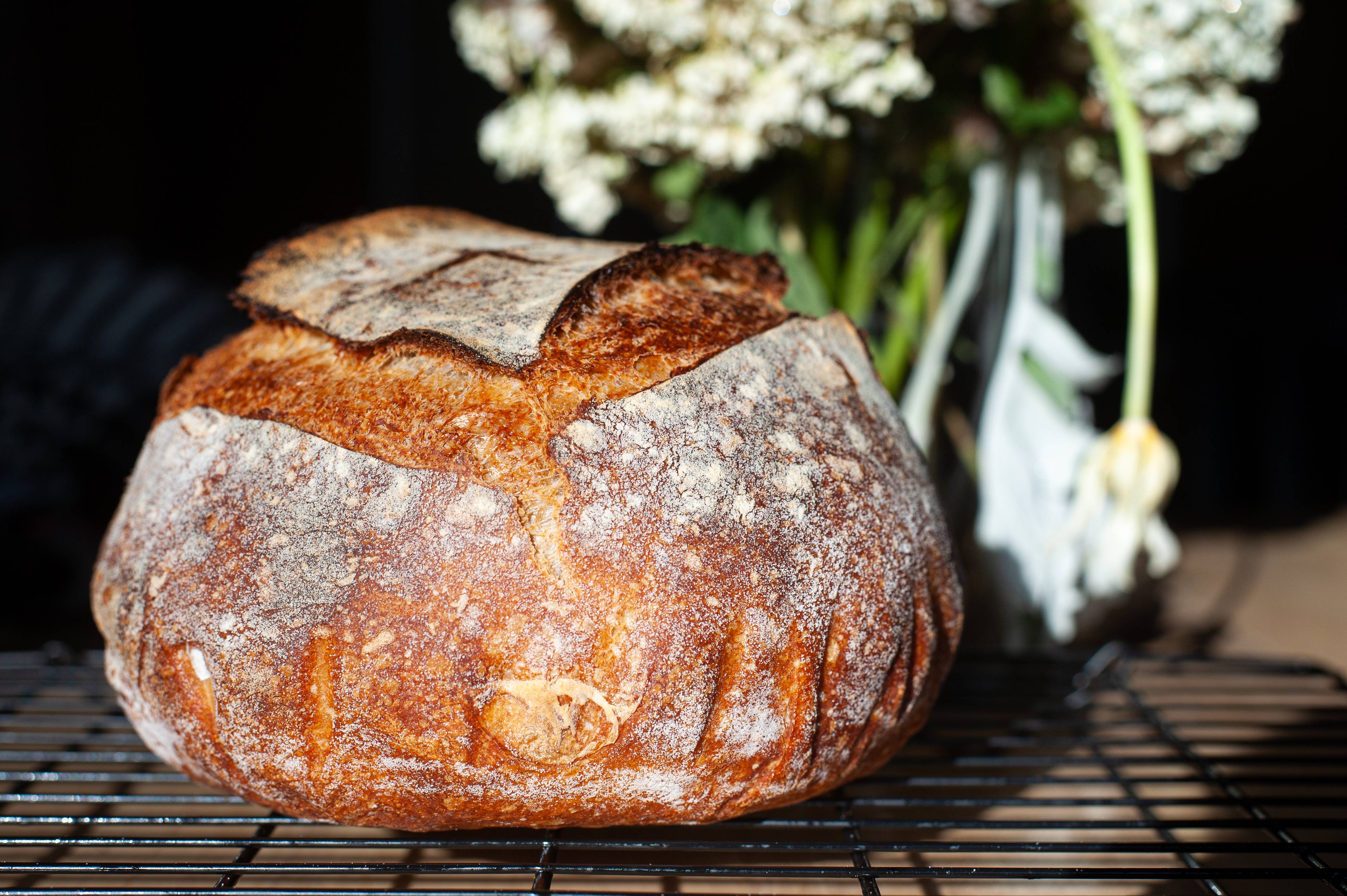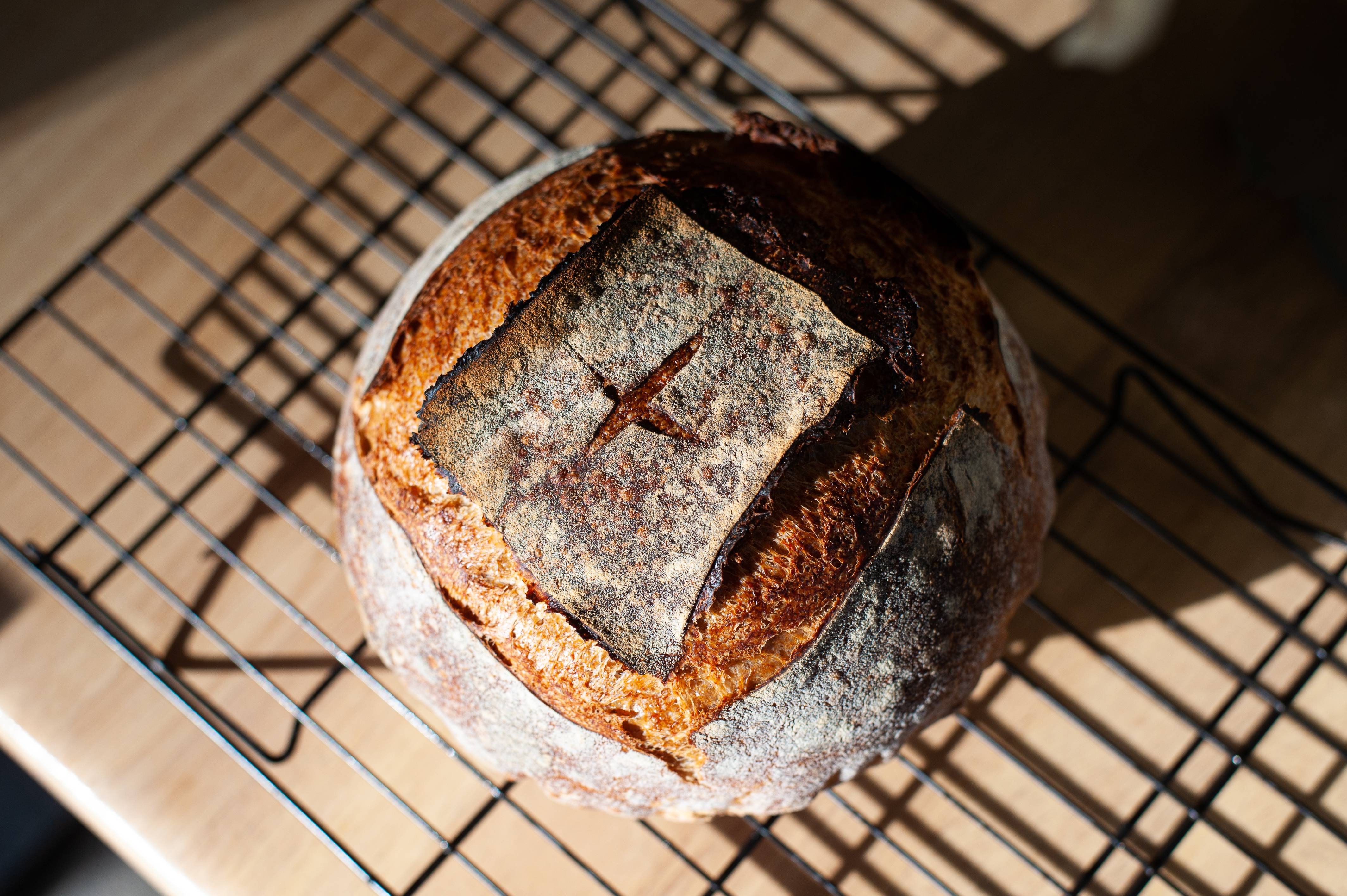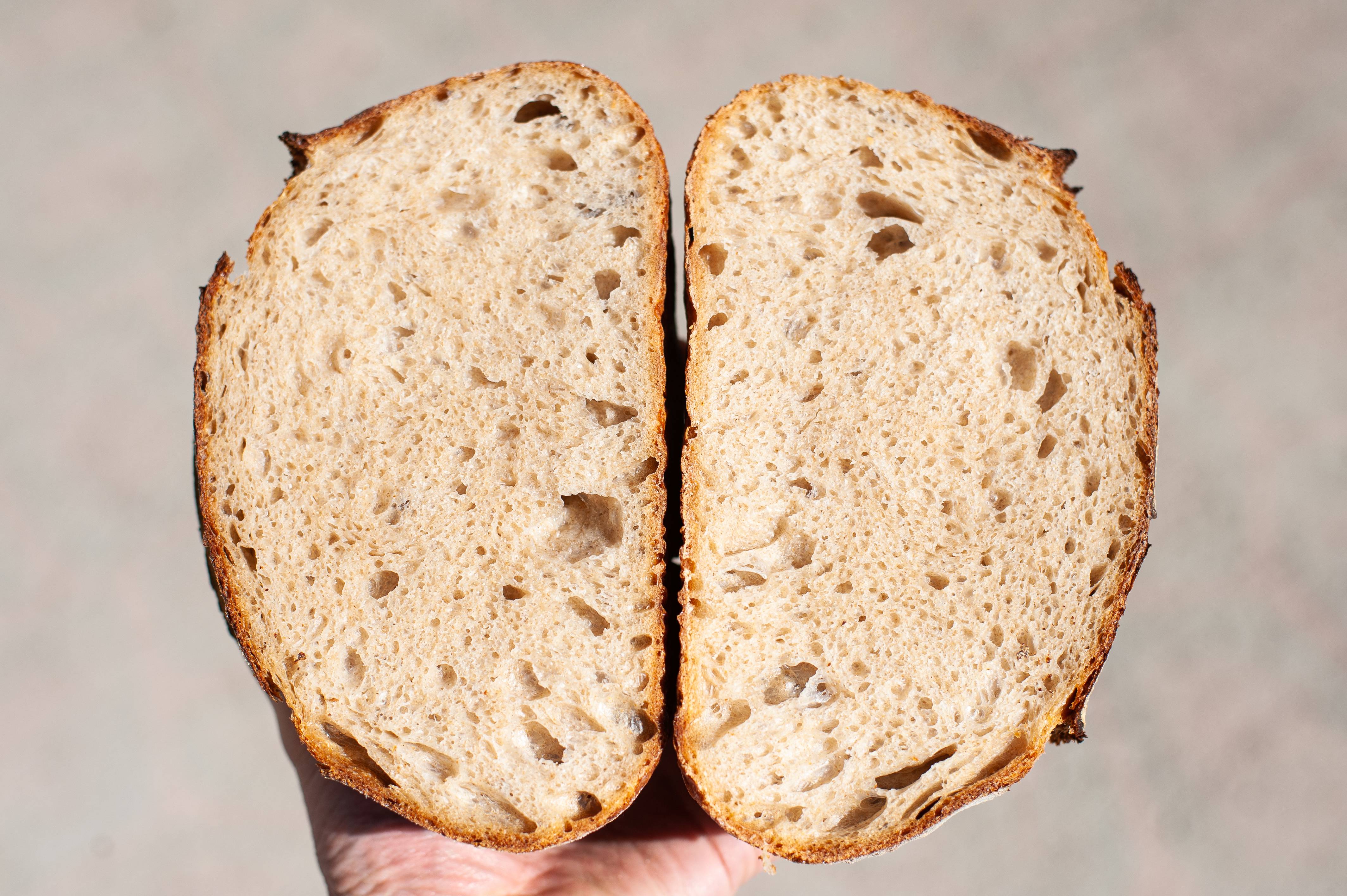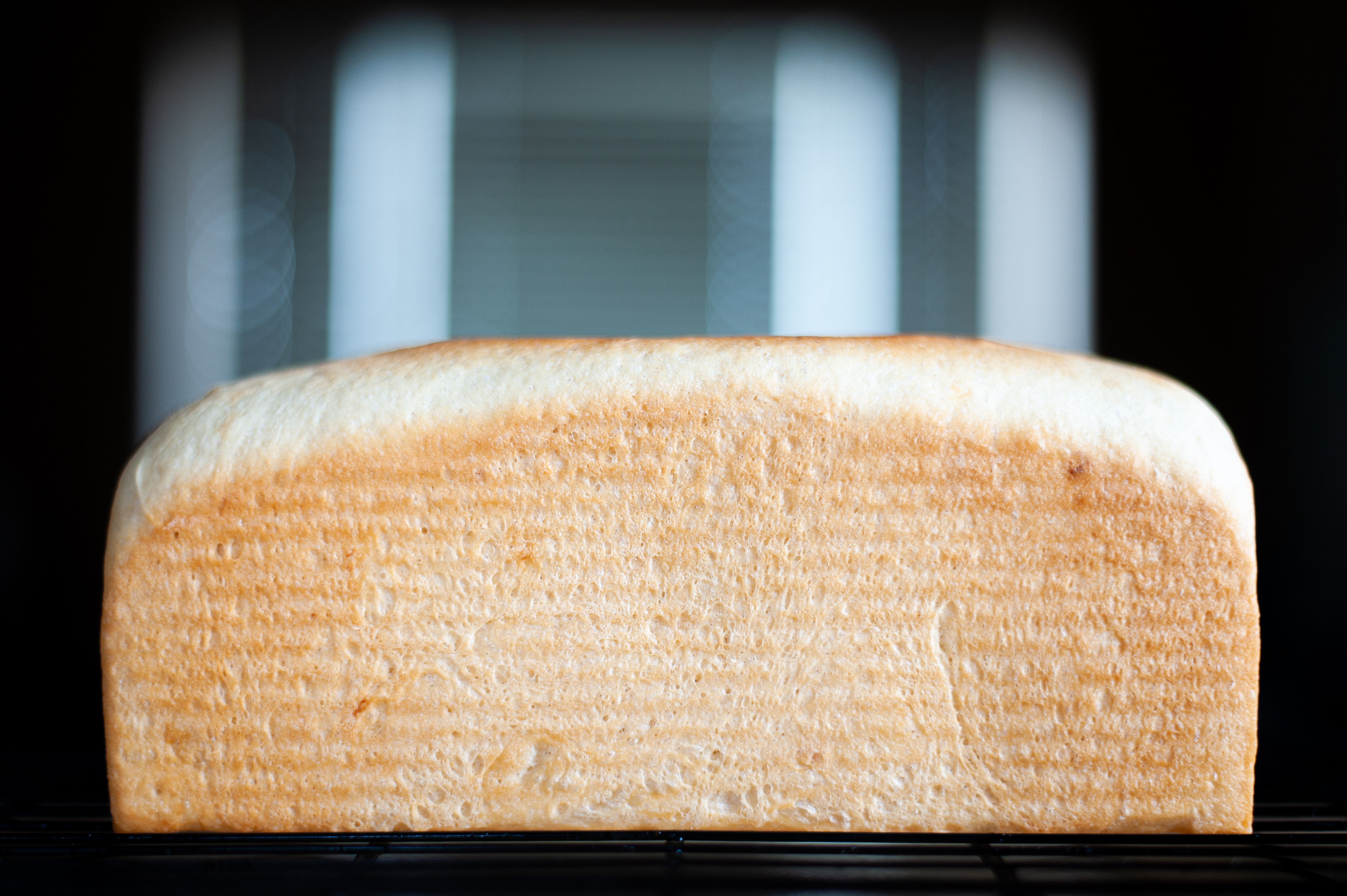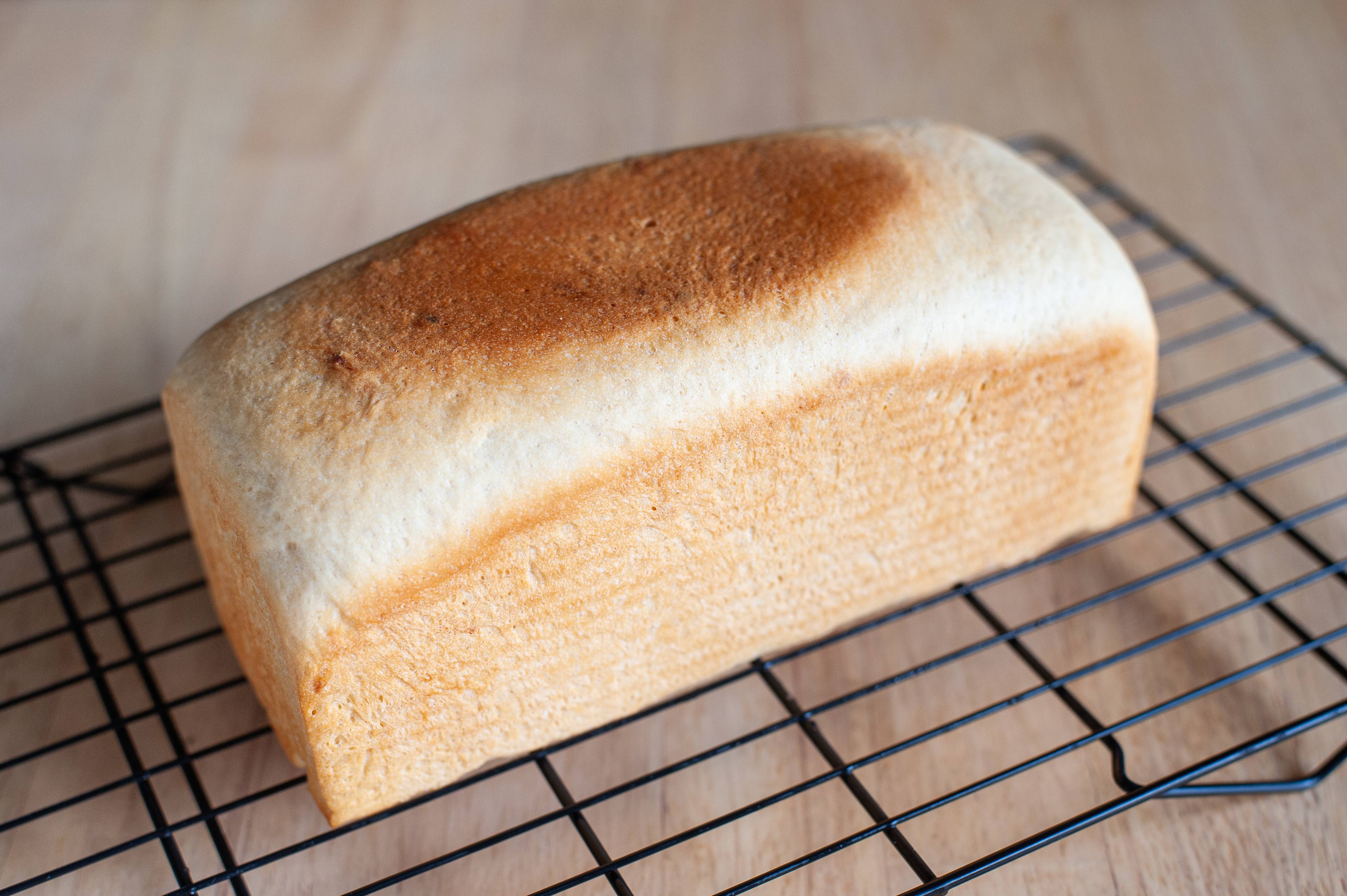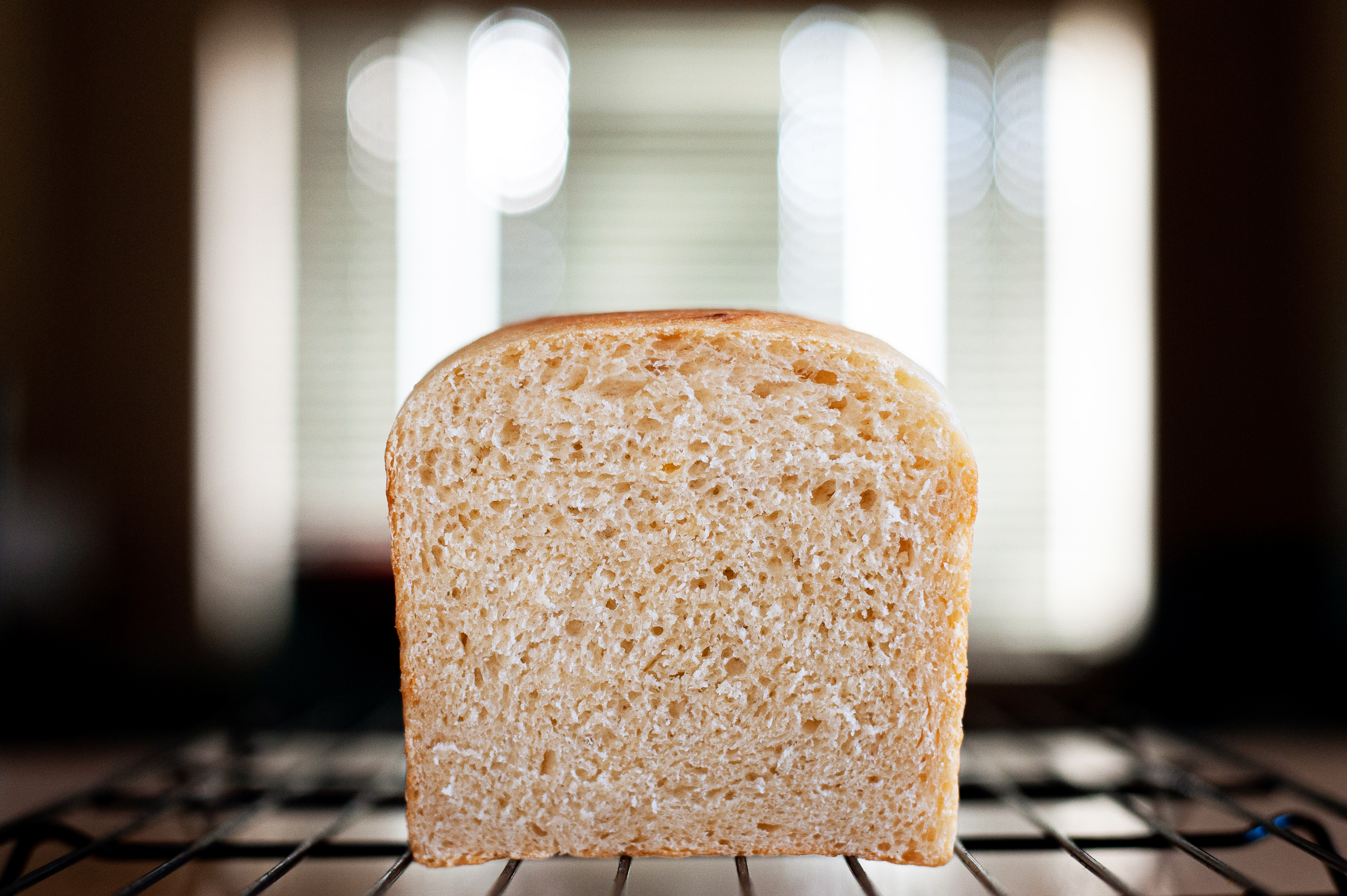I'm the kind of person who works on one thing and tries to master it before moving on to another thing, so I make a helluva lot of pounds of
pain au levain, with the occasional
miche or dark rye thrown in.
I like this one.
What I'm calling my "Type 80" flour is a custom blend of Central Milling's Organic Beehive (protein - 10.0-10.5%; Ash - 0.56%), and King Arthur's Whole Wheat, the WW sifted through No. 30 then No. 50 sieve. I get an 87% extraction on this whole wheat.
The Beehive is more what I'm accustomed to in French flours, which are lower in protein typically (also, they are measured differently - our 10.5% is more like their 12-12.5, because ours is on the basis of 14% moisture).
My blend is 62% of the Beehive & 38% of the sifted WW. This gives me a nice "bise" flour, a kid of midrange between white and whole wheat, great baseline imo for rustic breads.
81% "farine bise" or "Type 80"
19% King Arthur Whole Wheat
7.5% wheat germ
2% salt
85% hydration
2-stage levain build
lower levain inoculation of 15%
lower dough and fermentation temp than I usually do - 75F.
I rarely knead or machine mix any longer, at least not for wheat based doughs. I depend on folding to develop dough strength. Lower levain percentage and lower temps to put the brakes on fermentation a bit, given the whole grain in the dough. I prefer long and slow ferments anyway, much like underpitching in brewing, for its flavor developments.
Cloche bake per Tartine at 500F x 20 min., 450 x 10 min., lid off, I go a whole 30 min. longer as I like to take the crust pretty deep.

















